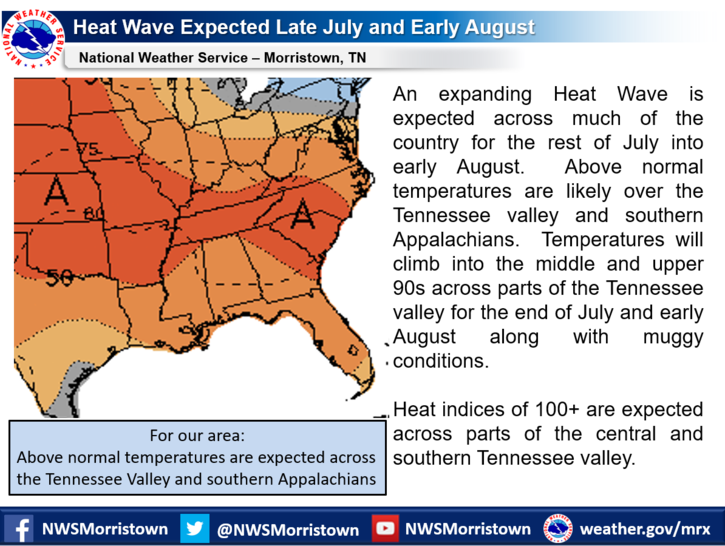
Hidden Heatwave Beneath Appalachians Reveals Deep Earth Movement

A vast pocket of superheated rock lying far beneath the Appalachian Mountains may trace its roots to the breakup of Greenland from North America approximately 80 million years ago and is now slowly drifting toward present-day New York. This subterranean mass - known as the Northern Appalachian Anomaly - spans roughly 350 kilometres and lies about 200 kilometres beneath the surface of New England.
Researchers behind this finding argue the NAA did not arise from the ancient split between North America and Africa some 180 million years ago, as once believed. Instead, the heat anomaly appears to have formed where the crust began ripping apart near the Labrador Sea, at the edge of what became Greenland and Canada. Over tens of millions of years, it migrated roughly 1,800 kilometres to its current subterranean location, advancing at a pace of about 20 km per million years across the continent's lower mantle.
This journey aligns with a recently proposed mechanism dubbed the mantle wave theory. Under this theory, when continents rupture, chunks of dense rock at the base of the lithosphere detach, sink, and allow hotter, less dense mantle material to rise - behaving much like blobs in a lava lamp. As these blobs migrate laterally beneath continents, they create long-lasting thermal anomalies.
Geodynamic simulations, paired with seismic tomography and reconstructions of past plate movements, reveal the NAA is likely one such blob, born in the Labrador Sea rift zone. Its present size and depth match predictions for migrating instabilities. Based on the trajectory, its centre may cross beneath the New York region within the next 10 to 15 million years.
See also Japan deploys pioneering osmotic power plant for 24-hour clean energySignificantly, the persistent heat from the anomaly offers a compelling explanation for the endurance of the Appalachian Mountains. Despite being among Earth's oldest mountain ranges - formed hundreds of millions of years ago during tectonic collisions - the Appalachians have remained relatively elevated even as surface erosion wore down their peaks. Scientists propose that heat at the continent's base weakened its dense root, reducing buoyancy loss and keeping the crust lighter. In effect, the once-solid mountain foundation regained some lift over geological time.
Notice an issue? Arabian Post strives to deliver the most accurate and reliable information to its readers. If you believe you have identified an error or inconsistency in this article, please don't hesitate to contact our editorial team at editor[at]thearabianpost[dot]com. We are committed to promptly addressing any concerns and ensuring the highest level of journalistic integrity.
Legal Disclaimer:
MENAFN provides the
information “as is” without warranty of any kind. We do not accept
any responsibility or liability for the accuracy, content, images,
videos, licenses, completeness, legality, or reliability of the information
contained in this article. If you have any complaints or copyright
issues related to this article, kindly contact the provider above.


















Comments
No comment